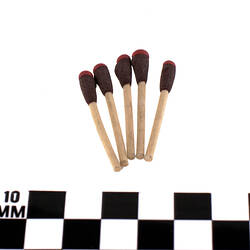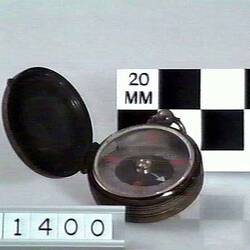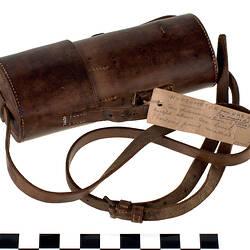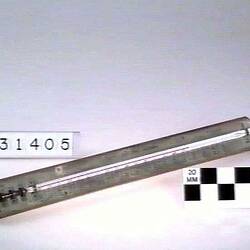The Trans-Antarctic Expedition, 1914-1917, was a British-based expedition led by Ernest Shackleton that was to attempt the first land crossing of Antarctica from the Weddell Sea to the Ross Sea via the South Pole.
The Expedition consisted of two parties: the Weddell Sea Party with the ship Endurance and the Ross Sea Party with the ship Aurora. Shackleton and five other members of the Ross Sea Party were to attempt the crossing, while six other members of this party would make shorter excursions. The Ross Sea Party would lay supply depots for Shackleton beyond the South Pole. One Australian, Frank Hurley, was amongst the Weddell Sea Party, while the Ross Sea Party had three Australians: Dick Richards, Keith Jack and Irvine Gaze.
The trans-Antarctic crossing was never attempted as the Endurance became irrevocably stuck in pack ice and was eventually lost. Shackleton famously led his party across the pack ice, on to Elephant Island in three small boats and then sailed with five others to South Georgia to fetch a rescue mission, all without a single death.
The Ross Sea Party also suffered catastrophe when the Aurora with eighteen men on board was swept out to sea leaving ten men stranded on the ice without vital supplies. Nonetheless the stranded party took shelter in the huts left by Scott's and Shackleton's earlier expeditions, and proceeded to lay the supply depots as required, unaware that the crossing had been abandoned. The Ross Sea Party was not rescued until 1916, by which time three men had died including the party's commander Aeneas Mackintosh.
The story of the Weddell Sea Party from the Trans-Antarctic Expedition is one of the most famous of the Heroic Era of Antarctic exploration. On the other hand the Ross Sea Party has received little historic attention. The romanticised view of the Trans-Antarctic Expedition has also obscured criticism of the expedition as overly ambitious and under-resourced.
More Information
-
Keywords
-
Authors
-
Article types





